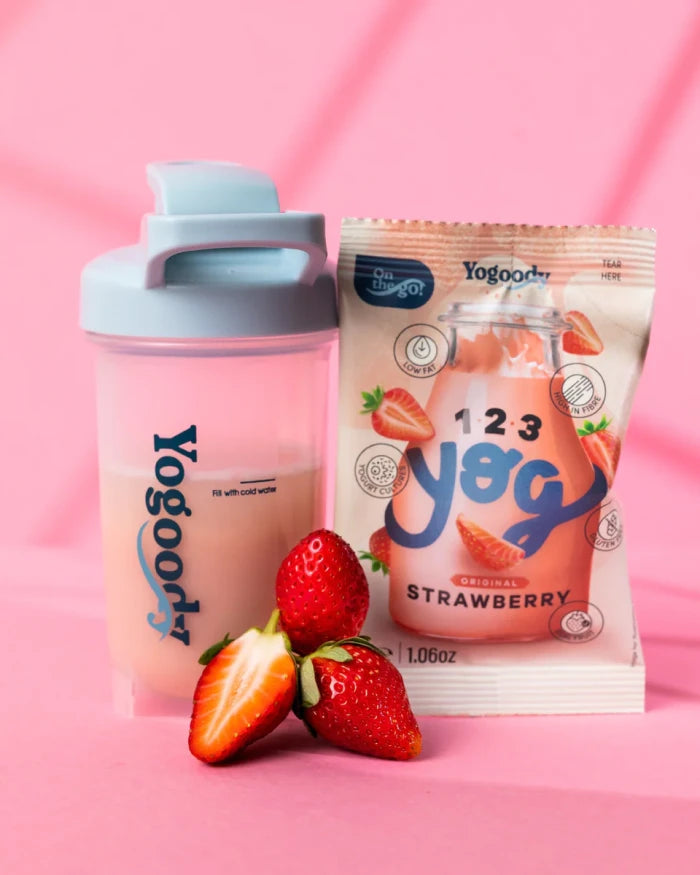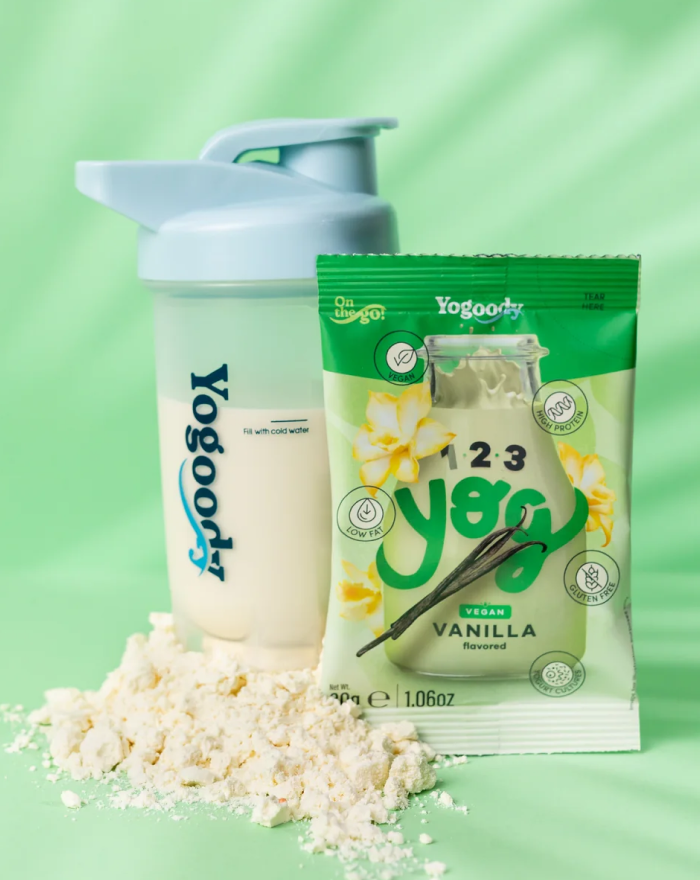

· By Andreea Mihaescu
Criteria in food selection: Sugars or Sweeteners?
What are Added Sugars and Sweeteners, and How Do They Differ?
The category of “sugars” encompasses a broad array of sweetening compounds found in our diets. Table sugar, or sucrose, is a common example, nearly pure in form. However, many sweetening agents, such as those in fruit juices, honey, and various syrups, are combinations of sucrose, glucose, fructose, and assorted oligosaccharides, that collectively are referred to as sugars. According to WHO and FAO definitions, “free sugars” are not only those sugars added to foods by manufacturers but also those naturally occurring in products like honey, syrups, and fruit juices and concentrates.
“Added sugars” refer specifically to sweeteners like sucrose, fructose, glucose, and dextrose, as well as commercially processed starch hydrolysates, such as glucose and high-fructose syrups, integrated during food preparation.
“Total sugars” in a product, on the other hand, account for all sugars it contains, from all sources (including those derived from dairy, or fruit).
When it comes to sweeteners, they are broadly categorized as either caloric, which contribute to energy intake, or non-nutritive, which do not provide any calories. The interest in non-nutritive sweeteners lies in the fact that these compounds provide a sweet taste but do not have the same caloric content or impact on blood sugar levels. Sweeteners are often used as alternatives to sugars in food and beverages, especially in products marketed as "sugar-free" or "low-sugar". These include high-intensity sweeteners - compounds that are intensely sweet, often hundreds or even thousands of times sweeter than sugar – like aspartame, sucralose, saccharin, or acesulfame potassium (Ace-K).
Why are They Used by the Industry?
The food industry turns to sugars and sweeteners for a variety of functional and sensory purposes. Added sugars are vital in enhancing flavor and improving the color and texture of foods. As for sweeteners, particularly non-nutritive types, their use has surged due to growing consumer interest in products labeled as "low-calorie" or "healthy." These sweeteners deliver the desired sweetness without significantly contributing to caloric intake, thus meeting the demand for healthier alternatives compared to traditional sugars.
High-intensity sweeteners are notably popular in packaged goods, reflecting the interests of both the industry and consumers. This interest is driven by the perception that products containing non-nutritive sweeteners may be part of a more balanced diet, without being specifically linked to any health conditions.
Current Recommendations and Health Impact
Excessive sugar consumption has been linked to a variety of health risks. Studies indicate that higher intakes of total sugars and fructose are associated with an increased risk of all-cause mortality and cardiovascular diseases (CVD), though no significant correlation has been found with cancer mortality (1). Moreover, the negative impacts of sugar on cognitive function seem to be associated with excessive, long-term, and prenatal consumption, particularly of high-fructose corn syrup found in sugary sweetened beverages (SSBs) (2).
On the other hand, the use of non-nutritive sweeteners (NNS) may offer alternatives for weight management without the adverse effects linked to sugar consumption. Current research does not show conclusive evidence that NNS have substantial effects on health outcomes compared to other dietary interventions, and there is a lack of data on adverse effects or socioeconomic impacts (3). However, substituting sugar with NNS has been associated with weight reduction, particularly in adults and individuals who are overweight or obese (4). In the short term, NNS can aid in weight loss by reducing overall energy intake, but prospective cohort studies suggest potential long-term harm in the form of increased risk of obesity, type 2 diabetes, cardiovascular diseases, and mortality (5).
Ultimately, awareness of sugar consumption is crucial to promoting a healthy and balanced diet. While reading food labels is a crucial practice, it's important to understand that the total amount of sugars listed isn't limited to added sugars but also includes sugars naturally present in foods such as milk and fruits. Analyzing the ingredient list can offer valuable insights into the origin of sugars, enabling consumers to make more informed choices.
The key to a healthy diet is moderation and balance: rather than completely banning foods, a reasonable and sustained approach should be to indulge occasionally while prioritizing whole and natural foods in the daily diet, thus enjoying a satisfying and nutritious diet without compromising long-term health.
References:
- Gillespie KM, White MJ, Kemps E, Moore H, Dymond A, Bartlett SE. The Impact of Free and Added Sugars on Cognitive Function: A Systematic Review and Meta-Analysis. Nutrients. 2023 Dec 25;16(1):75.
- Huang C, Liang Z, Ma J, Hu D, Yao F, Qin P. Total sugar, added sugar, fructose, and sucrose intake and all-cause, cardiovascular, and cancer mortality: A systematic review and dose-response meta-analysis of prospective cohort studies. Nutrition. 2023 Jul;111:112032.
- Lohner S, Kuellenberg de Gaudry D, Toews I, Ferenci T, Meerpohl JJ. Non-nutritive sweeteners for diabetes mellitus. Cochrane Database Syst Rev. 2020 May 25;5(5):CD012885.
- Laviada-Molina H, Molina-Segui F, Pérez-Gaxiola G, Cuello-García C, Arjona-Villicaña R, Espinosa-Marrón A, Martinez-Portilla RJ. Effects of nonnutritive sweeteners on body weight and BMI in diverse clinical contexts: Systematic review and meta-analysis. Obes Rev. 2020 Jul;21(7):e13020.
- Rios-Leyvraz M, Montez J. Health effects of the use of non-sugar sweeteners: a systematic review and meta-analysis. Geneva: World Health Organization; 2022.



